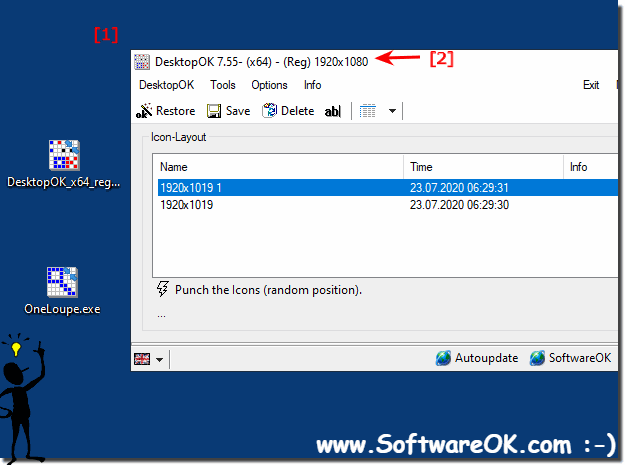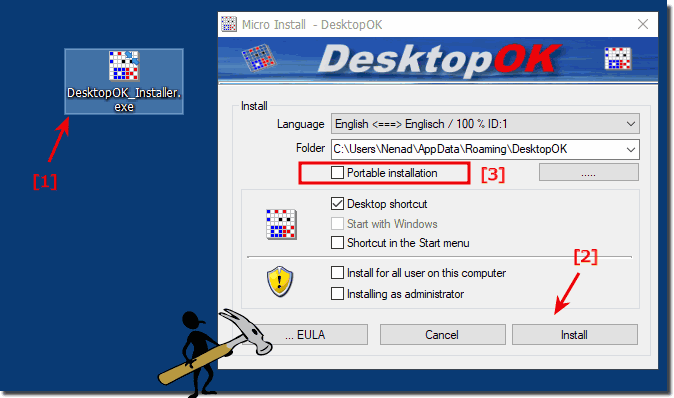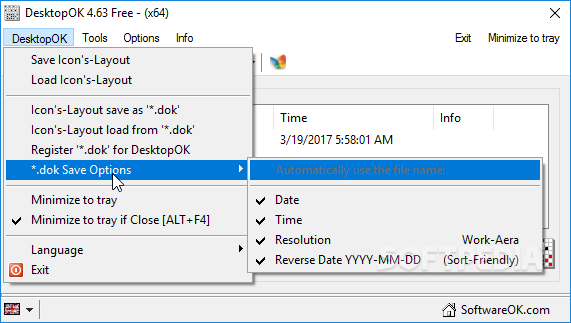

And today we have the first glimpse of it. In fact, I’d admit that one of the reasons for Vivaldi’s existence is to provide a browser with a built-in email client. And with M2 being abandoned, there was no email client that could match its finesse and usability – powerful, nimble, focused, with great functionality. Opera’s decision to drop its original design philosophy forced us into action and Vivaldi was born.Īnd when we launched Vivaldi’s first Technical Preview, we promised to give you a built-in email client in a future version of Vivaldi. They were completely different from what the original team had built at Opera, thus making it very clear that Opera was heading in a new direction.īesides stripping off basic functionality such as bookmarks, Opera also removed Opera M2, its much-loved mail client. In the two years after I left Opera, two browsers – Opera 14 on mobile and Opera 15 on desktop – were released.

We now need your feedback on our first Technical Preview (TP) so that we can – together – build this further into a trustworthy option that will let you break away from the dependency on the ecosystems of the few big players today. Vivaldi Mail is about giving you the choice to communicate online in a much more organized way while having the comfort of knowing that you are in control of your data and choices. We know that you are all individuals with your own requirements and wishes. Whether it is the browser or any of Vivaldi’s services – we build our software with you in mind. In addition to the email client, we’ve included a feed reader and a calendar. It makes me very happy to share that we’ve taken it a step further.

Some people fondly call it M3 and there is a bit of history to this that I’ll share later. We are excited for you to test the new Vivaldi Mail. It arrives just ahead of Thanksgiving as a way of saying “thanks for waiting”. The first Technical Preview of Vivaldi Mail, Vivaldi’s integrated email client, is here and the timing could not be better.


 0 kommentar(er)
0 kommentar(er)
